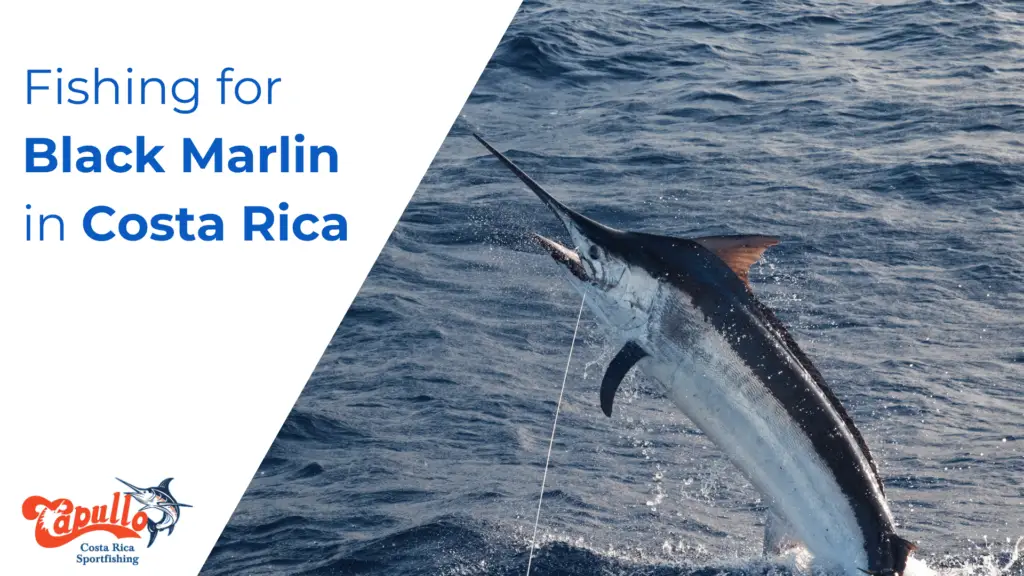
Black Marlin Fish: Catching and Understanding Black Marlin Fishing in Costa Rica 2023
The Black Marlin is regarded is known to be one the largest game fish in the world, with some specimens exceeding 1,000 pounds.
Dominating the Pacific and Indian Oceans, it offers anglers a long and challenging battle — if they’re lucky enough to hook one of course! Catching a Black Marlin takes some serious patience and luck.
If you are looking to boost your odds of catching a Black Marlin in Costa Rica, without worrying about choosing the perfect location or getting the right equipment, book a charter trip with Capullo sportfishing charter, located in Guanacaste Province, Costa Rica.
For more information call: +1 506-8569-3516
from US or Canada you have to dial +11 506 8569 3516
Table of Contents
What is a Black Marlin fish?
The Black Marlin (Istiompax Indica) is a species of marlin found in tropical and subtropical areas of the Indian and Pacific Oceans. Other names for the Black Marlin include Pacific black marlins, silver marlins, short-nosed swordfish, and swordfish (even though they are not swordfish). The name “Black Marlin” is derived from its dark blue dorsal side. In Spanish, it is referred to as “Marlin Negro.” It belongs to the family Istiophoridae.
What does a Black Marlin fish look like?
The Black Marlin has a large head, a short and stubby bill, and a rounder and lower dorsal fin. They have a dark blue dorsal side and a whitish ventral (down-facing). Between these colors, faint blue stripes run the length of their bodies. Their fins are brown, except for the dark blue dorsal fin. They have rigid pectoral fins that do not retract, distinguishing them from other marlin species.
What is the size of a Black Marlin?
Black Marlin can grow very fast, with females growing larger than males. Juvenile fish can reach around 33 lbs in their first year and up to 110 lbs by the time they are three years old. Females can reach over 1000 lbs by the time they are 10-12 years old.
Male black marlins rarely weigh more than 400 lbs, while females can weigh nearly 1000 lbs. Males grow to about 9 feet long, while females can be more than 15 feet long. The biggest Black Marlin ever caught weighed around 2,000 lbs.
Where can Black Marlin fish be caught?
Black Marlin are found in the Pacific and Indian Oceans. They are typically found hunting in relatively shallow waters, near shore, around structures that hold bait. They roam the oceans looking for fish and cephalopods to feed on. They rarely congregate in any numbers, so there is often a lot of time spent looking for them.
With that being said, Black Marlin are migratory fish and can be found in the warmer parts of the Atlantic Ocean and off the coast of Australia. They prefer to stay close to shores, gulfs, and bays.
What are the best places to catch Black Marlin in Costa Rica?
The Central Pacific Coast of Costa Rica offers plenty of rocky outcroppings along the beach, indicating similar bottom structures offshore. These structures in 1000 to 2000 feet of water are prime locations.
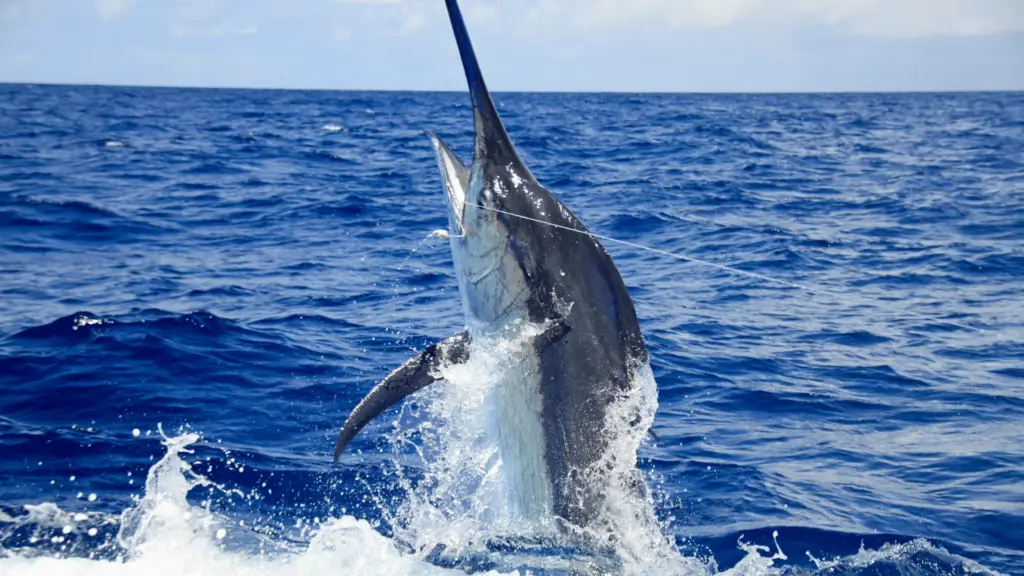
What other types of Marlin can be caught in Costa Rica?
Apart from Black Marlin, one can also catch Blue Marlin and striped marlin in Costa Rica.
Do you need a boat to catch Black Marlin fish in Costa Rica?
Yes, a boat is typically required. While you could potentially use a kayak, a charter boat like Capullo Sportsfishing charter is recommended for safety and efficiency. It comes with the fuel necessary to hunt down these beasts, gear, and snacks for a full day of Black Marlin fishing. You can book your trip here.
What is the best time to catch Black Marlin in Costa Rica?
Black Marlin are most abundant in Costa Rica in May, June, July, and August.
How to catch a Black Marlin?
The preferred method is slow trolling live tunas like skipjack, bonita, and small yellowfin. Slow trolling a 12 to 14-inch bridled skipjack tuna is the most effective technique.
What bait to use to catch a Marlin?
Black Marlin primarily eat fish like tuna, flying fish, jacks, mackerels, mahi, squids, and octopi. Both live bait and artificial lures can be effective.
What gear do you need to catch a Black Marlin?
You’ll need a 6-7 foot conventional boat rod with extra heavy action, a strong conventional reel, 100 to 130-pound braid or spectra backing, 80 to 130-pound monofilament mainline, 130 to 300-pound fluorocarbon leader, and 10/0 to 12/0 Owner circle hooks.
Do Black Marlin have a strong pull when you hook them?
Yes, Black Marlins are known for their strength and aggressive nature. They can drag boats for long distances.
Does Costa Rica allow you to keep Black Marlin fish once caught?
All types of Marlins, including Black Marlin are “catch and release”, it is illegal to remove these fish from the water in Costa Rica.
How to release Black Marlin fish back into the water safely?
To release a Black Marlin fish back into the water safely follow the steps below:
- Expect the fish to be angry.
- Keep its dorsal fin up and belly down.
- Allow the fish to tire itself out.
- Once it stops resisting, begin the process of reviving it.
- Remove the hook.
- As the fish starts to calm down, move it back and forth in the water.
- This motion helps get water through the gills, aiding in its revival.
- Wait for the bio luminescence to return to the fish before letting it go.
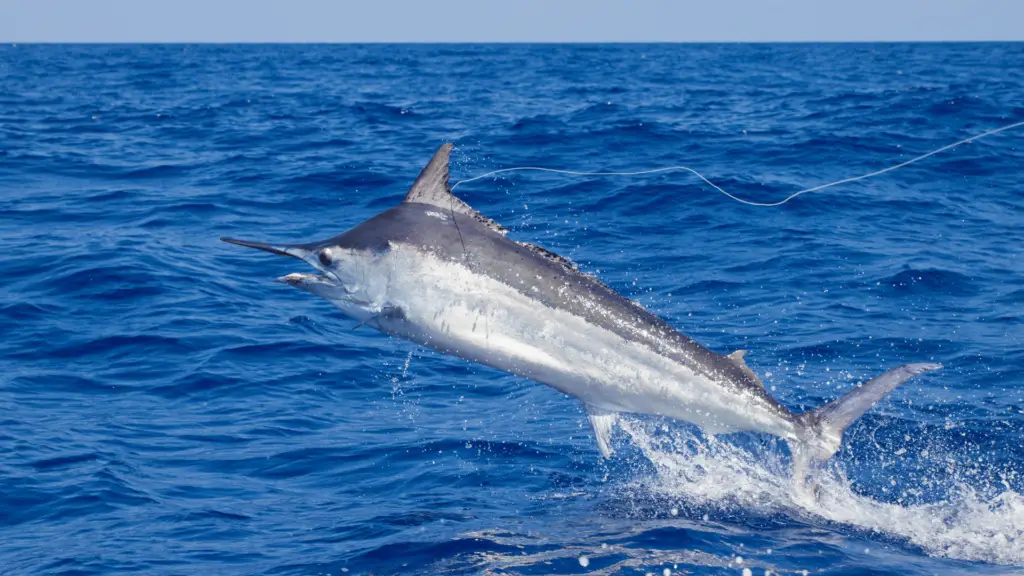
Capullo boats in Tamarindo.
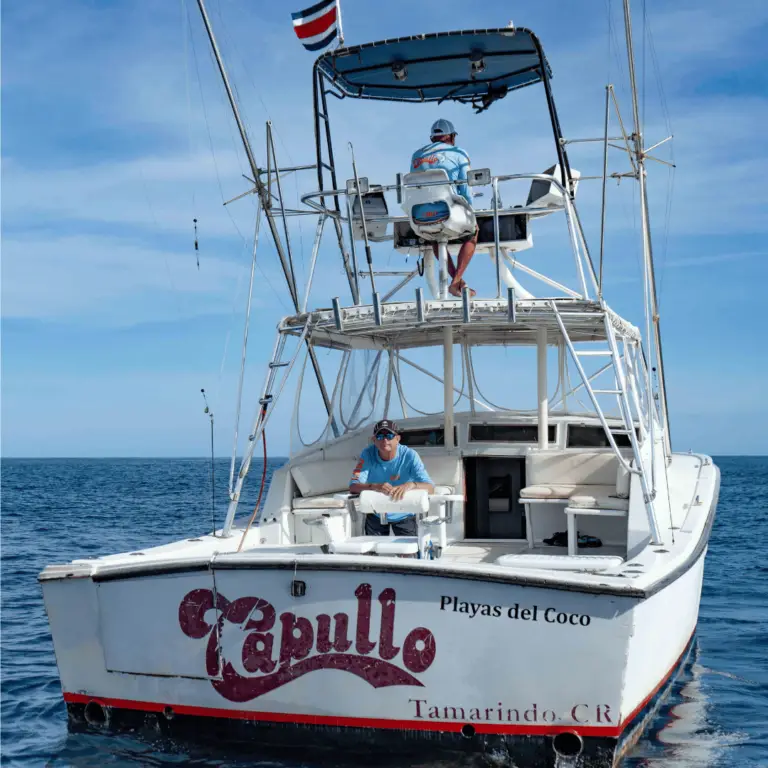
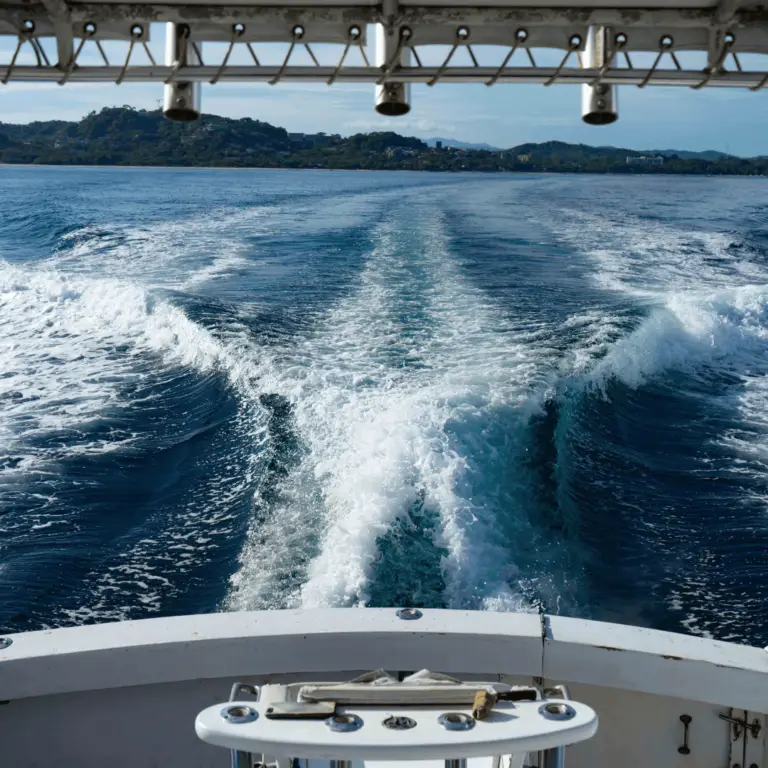
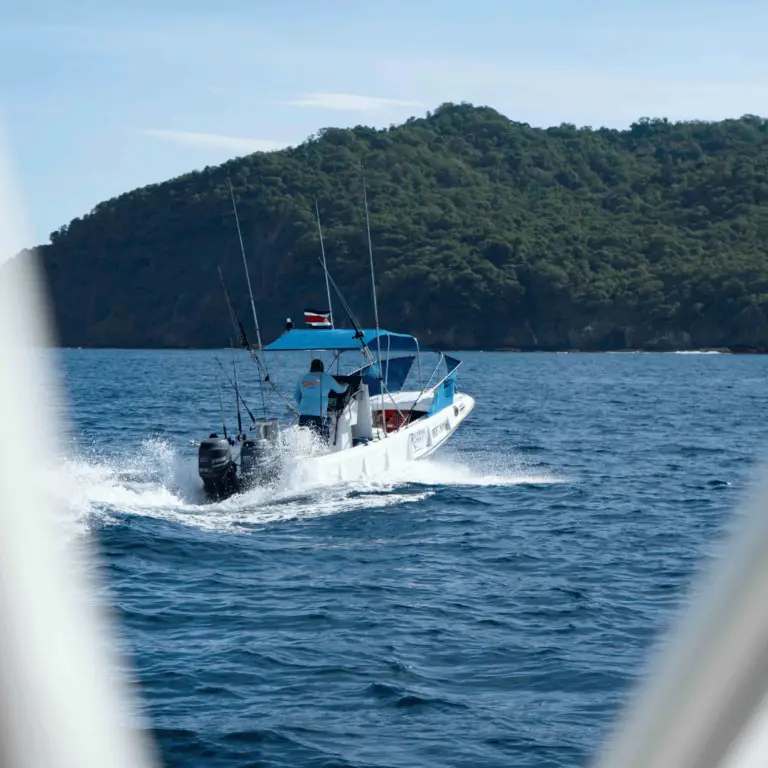


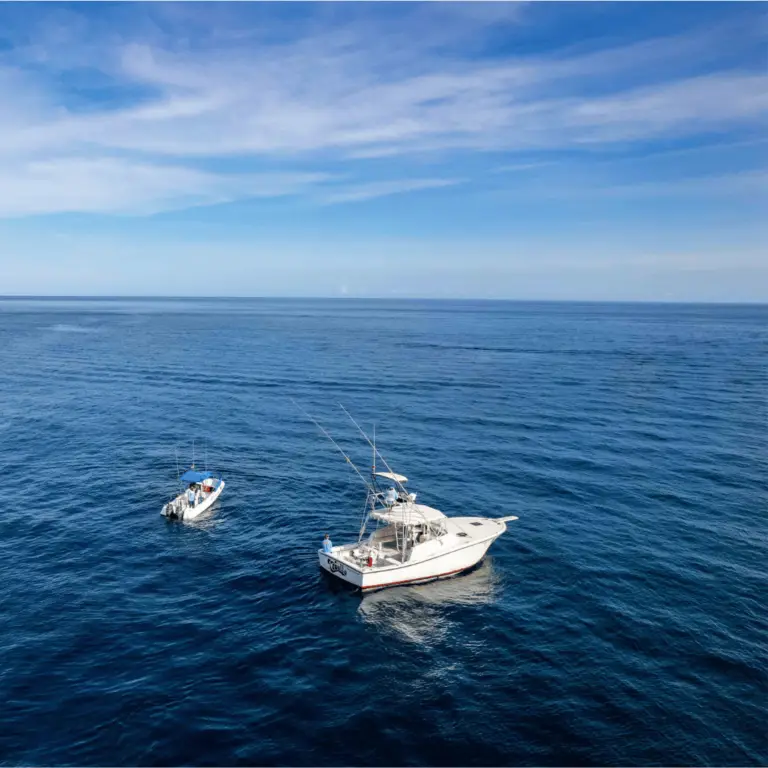
FAQ
How fast does a Black Marlin swim?
Black Marlins are among the fastest fish, when hooked, they can pull the line at nearly 80 miles per hour.
How long do Black Marlin live for?
Estimates suggest around 25 years.
What do Black Marlin eat?
They eat tuna, mackerel, flying fish, jacks, mahi, squids, and octopi.
Where do Black Marlin breed?
They reproduce via external fertilization in spawning grounds.
Do Black Marlin sleep?
Black Marlin do not appear to sleep, as they must constantly swim to pump water over their gills and obtain oxygen.
Is Black Marlin fish edible?
Yes, but they are often released due to high mercury content.
Are Black Marlin endangered?
They are not considered threatened or endangered, but data is deficient.
How can you tell the difference between Marlin species?
Physical characteristics, such as the rigid pectoral fins of the Black Marlin, can help differentiate them.
